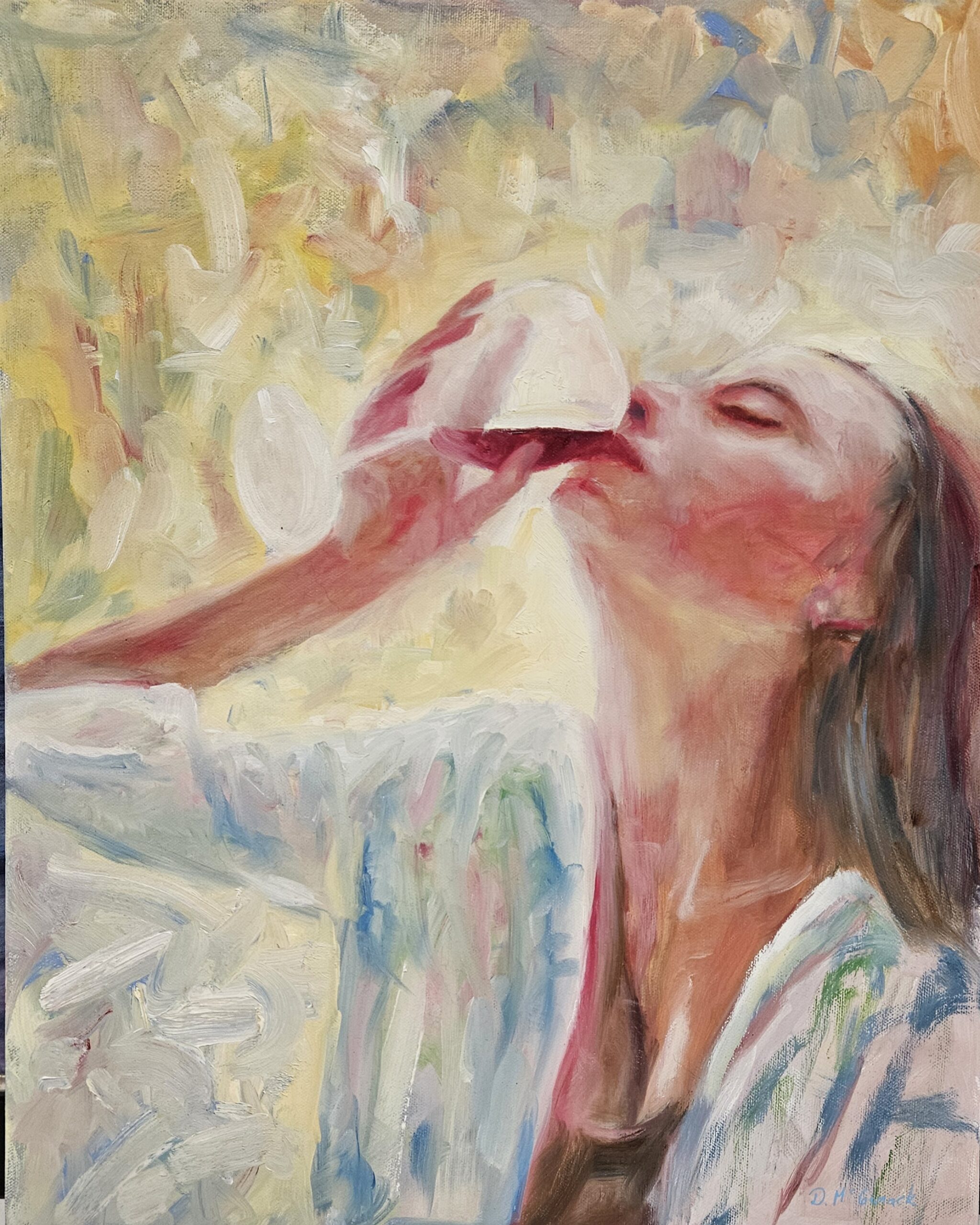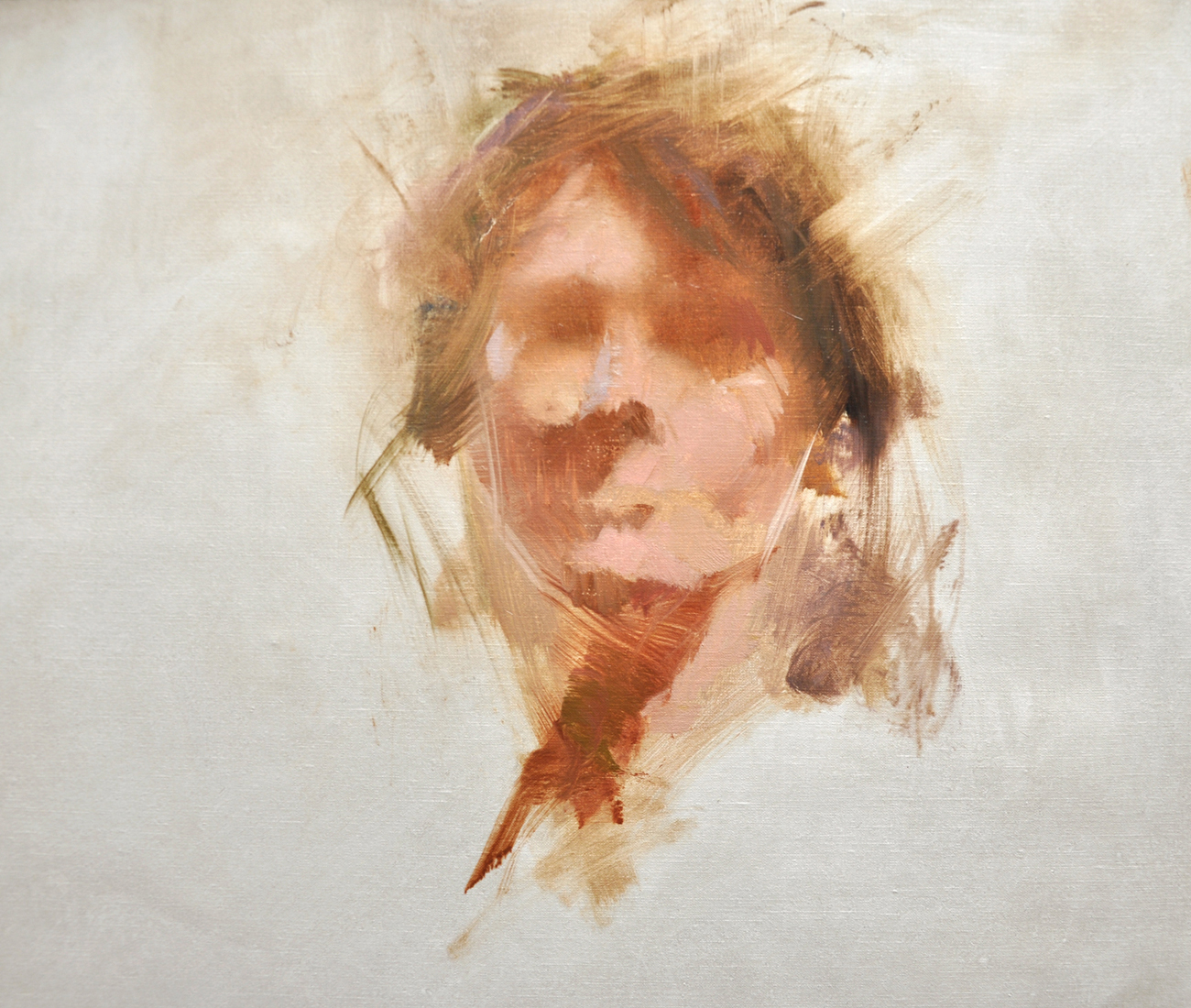Why Figurative Oil Painting Remains a Classic Option for Artists
Why Figurative Oil Painting Remains a Classic Option for Artists
Blog Article
A Journey Via the World of Metaphorical Oil Paint: Finding the Distinct Characteristics and Psychological Depth of the Tool

History of Metaphorical Oil Paint
Arising during the late Middle Ages and thriving throughout the Renaissance, figurative oil painting has a rich history that reflects both artistic development and cultural evolution. Originally, oil paints were made use of in Europe as a way to boost the luminance and depth of color in artworks. Artists such as Jan van Eyck spearheaded the tool, demonstrating its prospective to capture detailed information and appearances, therefore enabling a more natural depiction of the human type.
As the Renaissance progressed, renowned numbers like Leonardo da Vinci and Michelangelo increased the limits of metaphorical oil painting. They stressed physiological accuracy and viewpoint, producing jobs that conveyed emotion and narrative deepness. The medium's versatility permitted for experimentation with light and shadow, resulting in the advancement of chiaroscuro techniques that even more enriched the visual experience.
Special Qualities of the Tool
The evolution of figurative oil painting has actually been substantially influenced by the special qualities of the tool itself. Oil paint, composed of pigments put on hold in oil, offers artists an impressive adaptability that permits a large range of surfaces and appearances. Its slow-moving drying time makes it possible for meticulous mixing and layering, which can develop depth and brightness unattainable in various other mediums.
In addition, oil paint's rich coloring offers lively shades that maintain their intensity with time. This characteristic is essential in metaphorical paint, where recording the nuances of skin tones and psychological expressions is vital. The ability to achieve refined slopes and soft changes improves the natural high quality of topics, permitting musicians to convey complex emotional states.
Furthermore, oil paint sticks well to numerous surface areas, such as canvas, metal, and wood, widening the extent of imaginative expression. The tool's adaptability sustains various approaches, from detailed realism to expressive brushwork, enabling artists to discover their private styles.
Inevitably, the distinct buildings of oil paint not just enhance the aesthetic experience yet also empower artists to interact extensive narratives, making figurative oil painting a deeply expressive art type.
Styles and strategies Used
Within the world of figurative oil paint, musicians utilize a diverse range of strategies and styles that add to the depth and richness of their job. One famous technique is polishing, where clear layers of paint are used over dried layers, permitting light to permeate and reflect, enhancing luminance and depth. This method is frequently made use of to accomplish a feeling of realism and intricacy in skin tones.
Another method is impasto, where thick layers of paint are applied with a palette blade or brush, creating a distinctive surface that adds a three-dimensional top quality to the painting. This design can stimulate a visceral action, drawing the customer in through its tactile nature.
Musicians also discover numerous brushwork styles, from penalty, thorough strokes that catch detailed functions to wider, extra expressive strokes that communicate activity and emotion (figurative oil painting). The option of shade palette substantially influences the total mood of a piece, with cozy tones frequently presenting feelings of comfort and amazing tones suggesting melancholy
Additionally, the assimilation of chiaroscuro, the contrast between light and shadow, enables musicians to create dramatic results that enhance the narrative quality of their job. Each technique and style is meticulously selected to raise the visitor's experience and understanding.
Psychological Depth in Figurative Art
Emotional depth serves as a foundation in figurative art, permitting artists to transcend simple depiction and involve customers on an extensive degree. This emotional vibration is usually attained through the nuanced portrayal of human figures, expressions, and interactions. Artists harness the power of color, light, and shadow to stimulate feelings that resonate deeply with the audience, creating a visceral link to the subject issue.
In metaphorical oil paint, the detailed layering of paint can reflect the complexities of human emotion. The selection of scheme, whether cozy or trendy, plays a crucial duty in establishing the state of mind and environment of a piece. Softer shades may stimulate peace and self-contemplation, while vibrant, different colors can connect stress and drama.

Influential Artists and Their Works
Countless influential artists have substantially shaped the landscape of figurative oil paint, each contributing distinct viewpoints and techniques that remain to inspire modern creators. Among these musicians, Lucian Freud attracts attention for his intense mental deepness and raw representation of the human form, frequently blurring the lines in between elegance and decay. Freud's works, defined by thick, impasto brushstrokes, welcome visitors to confront the complexities of identity and susceptability.

Similarly, Andrew Wyeth's meticulous realistic look in items like "Christina's World" captures profound narratives within relatively easy structures. His use light and shadow stimulates a sense of nostalgia and psychological vibration, drawing viewers right into the intimate worlds he portrays.
In the world of contemporary art, Kehinde Wiley has Get More Information gained acknowledgment for his lively, larger-than-life pictures that test traditional concepts of representation. By putting individuals of color in contexts similar to classic portraiture, Wiley's job redefines the canon of art history.
These musicians, together with others, have not only enriched metaphorical oil painting yet have actually likewise increased the discussion surrounding society, emotion, and identity, making certain that the tool continues to be a crucial form of expression in the art globe. figurative oil painting.
Conclusion
In verdict, figurative oil find painting stays an effective tool that envelops the complexities of human emotion with its abundant pigmentation and functional methods. The trip through figurative oil paint discloses its long-term relevance in the art globe.
The exploration of figurative oil painting provides a profound insight into the interplay of method, feeling, and historic context that specifies this age-old tool. Oil paint, made up of pigments put on hold in oil, supplies musicians an amazing flexibility that enables for a large array of finishes and textures.Within the world of metaphorical oil paint, musicians utilize a varied variety of strategies and styles that contribute to the depth and splendor of their job.Countless significant musicians have actually substantially shaped the landscape of figurative oil paint, each adding special point of views and methods that read this post here continue to inspire modern designers.In final thought, metaphorical oil painting continues to be an effective medium that envelops the intricacies of human emotion via its rich pigmentation and functional strategies.
Report this page